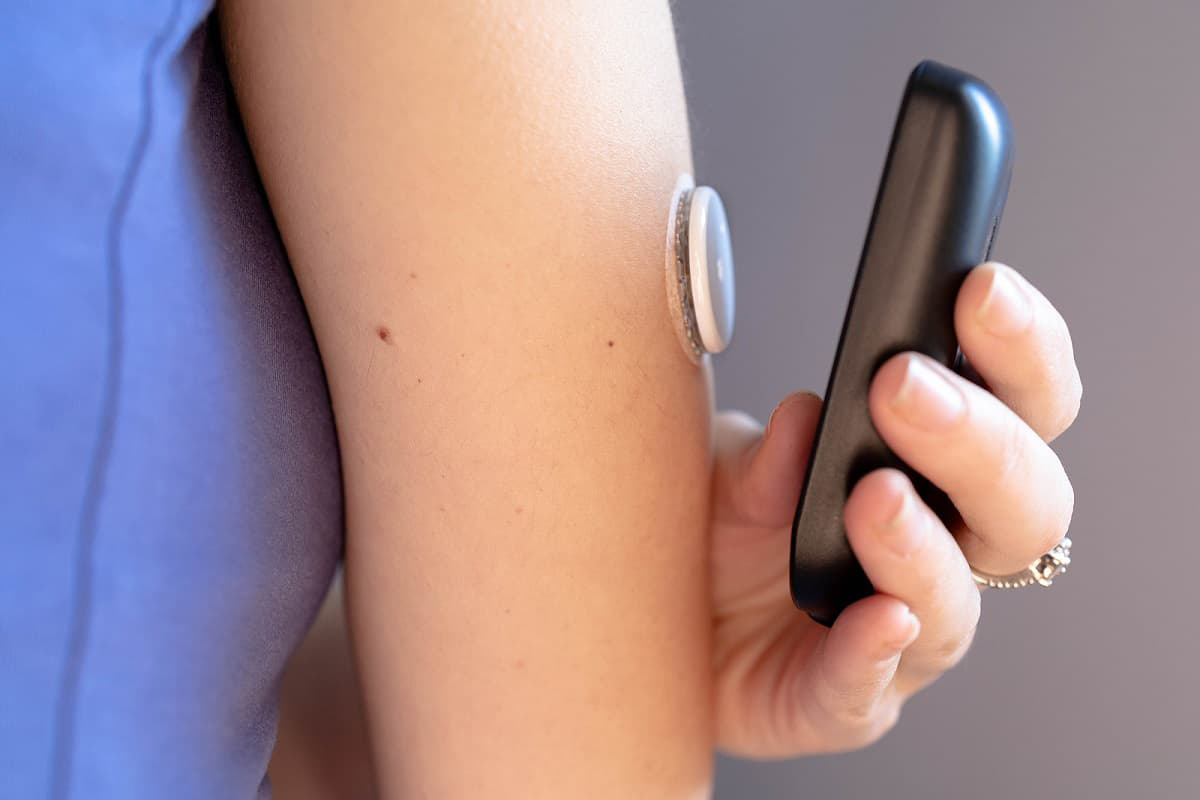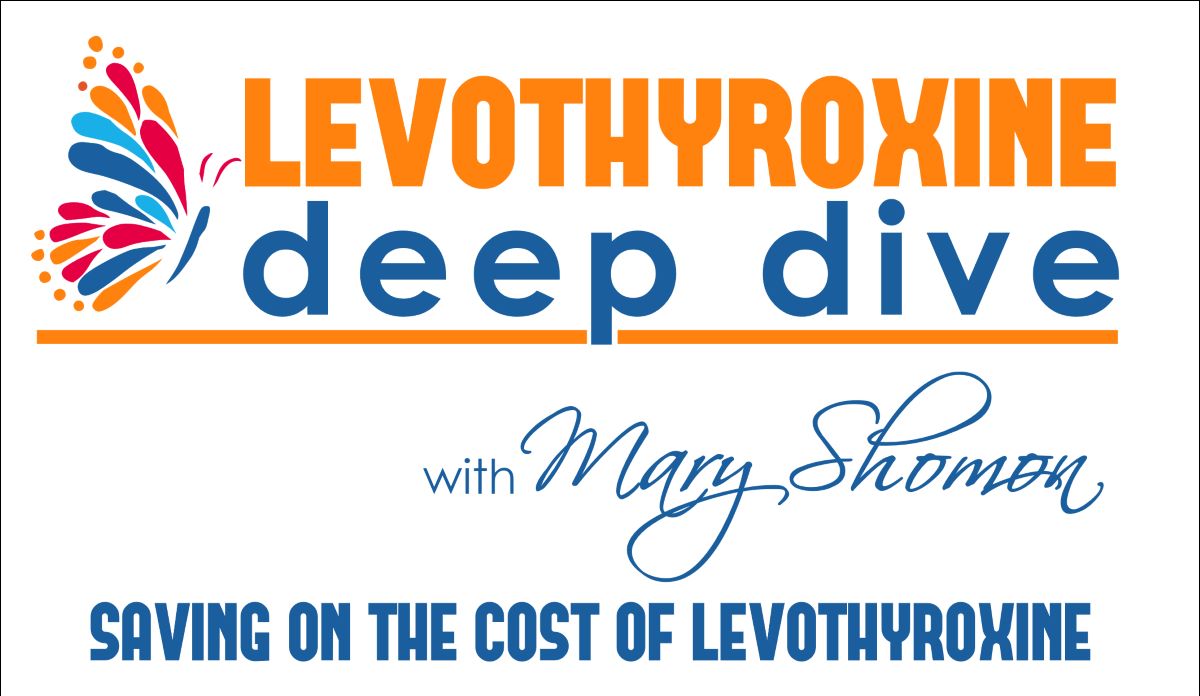Home>Finance>How Much Does A Dermatologist Appointment Cost Without Insurance?


Finance
How Much Does A Dermatologist Appointment Cost Without Insurance?
Modified: December 29, 2023
Find out the cost of a dermatologist appointment without insurance and plan your finances accordingly. Explore affordable options for expert skin care.
(Many of the links in this article redirect to a specific reviewed product. Your purchase of these products through affiliate links helps to generate commission for LiveWell, at no extra cost. Learn more)
Table of Contents
- Introduction
- Factors Affecting the Cost of Dermatologist Appointments without Insurance
- Average Cost of Initial Dermatologist Consultation without Insurance
- Average Cost of Follow-Up Dermatologist Appointments without Insurance
- Additional Costs to Consider
- Ways to Save Money on Dermatologist Appointments without Insurance
- Conclusion
Introduction
Visiting a dermatologist is important for maintaining healthy skin, diagnosing skin conditions, and receiving proper treatment. However, many people find themselves wondering about the cost of a dermatologist appointment, especially if they do not have insurance coverage.
Without insurance, the cost of a dermatologist appointment can vary depending on several factors, such as the location, the experience of the dermatologist, the complexity of the condition being treated, and the type of appointment needed.
In this article, we will explore the factors that can affect the cost of a dermatologist appointment without insurance, as well as provide an overview of the average costs for both initial consultations and follow-up appointments. We will also discuss additional costs to consider and offer some tips on saving money on dermatologist appointments without insurance.
While it is important to prioritize your skin health, understanding the potential costs involved can help you plan accordingly and make informed decisions about your dermatological care.
Factors Affecting the Cost of Dermatologist Appointments without Insurance
The cost of a dermatologist appointment without insurance can vary based on several factors. It’s important to be aware of these factors to understand why the costs may differ between different clinics or providers. Here are some key factors that can affect the cost of dermatologist appointments without insurance:
- Location: The cost of healthcare services can vary depending on where you live. In areas with higher costs of living, such as large cities, the cost of a dermatologist appointment may be higher compared to smaller towns or rural areas. Additionally, different regions may have different healthcare market dynamics, resulting in variations in pricing.
- Experience and expertise of the dermatologist: Dermatologists with extensive experience and reputation may charge higher fees for their services. Their expertise and qualifications may make them highly sought-after, and as a result, their fees may be higher. Conversely, newly-established dermatologists may offer more affordable rates to attract patients and build their practice.
- Type of appointment: The complexity and nature of the appointment can also impact the cost. A simple consultation for a routine skin check-up may be less expensive compared to a consultation for a specific skin condition that requires more specialized expertise and diagnostic tests.
- Diagnostic tests and procedures: If your dermatologist needs to perform diagnostic tests or procedures during your appointment, these additional services can increase the overall cost. Tests such as biopsies, allergy tests, or skin cultures may require specialized equipment or laboratory analysis, which can add to the final bill.
- Treatment options and medications: Depending on the diagnosis, your dermatologist may prescribe medications or recommend treatments as part of your care plan. The cost of these medications or treatments can vary significantly, and it’s essential to discuss the potential costs with your dermatologist during your appointment.
Keep in mind that these factors are not exhaustive, and other variables may come into play, such as clinic overhead costs and pricing strategies of individual dermatologists. To get a more accurate estimate of the cost, it is advisable to contact the specific dermatologist’s office and inquire about their pricing structure and any potential additional costs.
Average Cost of Initial Dermatologist Consultation without Insurance
The cost of an initial dermatologist consultation without insurance can vary based on the factors mentioned earlier. On average, you can expect to pay between $100 and $300 for an initial consultation without insurance. However, it’s important to note that this figure is an estimate and the actual cost can be higher or lower depending on the factors specific to your situation.
The complexity of the case, the location of the clinic, and the experience of the dermatologist can all play a role in determining the cost. For example, if you are seeking a specialized consultation for a particular skin condition or require diagnostic tests, the cost may be higher than a routine skin check-up.
It’s also worth considering that some dermatologists may charge an additional fee for administrative tasks or paperwork. This could include filling out insurance claim forms or providing detailed reports for your records. It’s recommended to inquire about any potential additional costs before your appointment to avoid any surprises.
While the cost of an initial dermatologist consultation without insurance may seem high, it is essential to prioritize your skin health. Regular check-ups, especially if you have concerns or risk factors, can help detect and address potential skin issues early on.
To save money, you can explore options such as dermatology clinics associated with medical schools or research institutions. These settings often offer more affordable rates for consultations, as they provide a teaching environment for medical students under the supervision of experienced dermatologists. Community health clinics and dermatology residency programs may also offer reduced-cost or sliding-scale fee options for patients without insurance.
Remember to inquire about payment plans or financing options that may be available to help manage the cost of your initial consultation. Some clinics offer flexible payment arrangements to ease the financial burden.
Ultimately, it is crucial to prioritize your skin health and seek the expertise of a dermatologist for proper evaluation and treatment. By understanding the average cost range and exploring potential cost-saving options, you can take control of your healthcare decisions and make informed choices.
Average Cost of Follow-Up Dermatologist Appointments without Insurance
After your initial consultation with a dermatologist, you may require follow-up appointments to monitor your progress, adjust treatment plans, or address any new concerns. The cost of these follow-up appointments without insurance can vary depending on various factors, but on average, they tend to be less expensive than the initial consultation.
The cost of a follow-up dermatologist appointment without insurance typically ranges between $75 and $200. However, it’s important to note that the actual cost may vary based on factors such as the complexity of your condition, the location of the clinic, and the experience of the dermatologist.
The frequency of follow-up appointments will also impact the total cost. Some patients may require more frequent visits initially, while others may have longer intervals between appointments. Your dermatologist will determine the appropriate follow-up schedule based on your specific needs.
During follow-up appointments, your dermatologist will assess your progress, evaluate the effectiveness of any prescribed treatments, and address any ongoing concerns or new issues that have arisen since your last visit. They may recommend adjustments to your treatment plan or order additional diagnostic tests if necessary.
It’s worth noting that the cost of any additional services or procedures performed during follow-up appointments, such as biopsies or cryotherapy, will likely be separate from the base follow-up visit fee. These additional services can increase the overall cost, so it’s essential to discuss them in advance with your dermatologist.
To help manage the expenses of follow-up dermatologist appointments without insurance, consider discussing potential cost-saving options with your dermatologist. They may be able to provide alternative treatments, suggest generic medication options, or offer advice on self-care practices that can reduce the need for frequent appointments.
Additionally, exploring community clinics, dermatology residency programs, or dermatology research institutions associated with medical schools can often result in lower-cost follow-up appointments. These settings may provide reduced rates or sliding-scale fees for patients without insurance.
Remember to communicate openly with your dermatologist about your financial situation. Many dermatologists understand the challenges of healthcare costs and may be willing to work with you to find a reasonable payment plan or offer discounted rates.
While follow-up dermatologist appointments without insurance do come with a cost, they are vital for monitoring your skin health and ensuring that your treatment plan is effective. By understanding the average cost range and exploring cost-saving options, you can continue receiving the necessary dermatological care while being mindful of your budget.
Additional Costs to Consider
When it comes to dermatologist appointments without insurance, there are additional costs to consider beyond the consultation fees. Being aware of these potential expenses can help you plan your budget accordingly. Here are some common additional costs to keep in mind:
- Diagnostic tests and procedures: Depending on your condition, your dermatologist may need to perform certain tests or procedures to provide an accurate diagnosis or monitor progress. These tests can include biopsies, allergy tests, or skin cultures. These additional services often come with separate costs, which can vary depending on the complexity and nature of the test.
- Treatments and medications: If your dermatologist prescribes specific treatments or medications as part of your care plan, these can result in additional costs. The cost of medications can vary widely, depending on whether they are brand-name or generic and the dosage required. Some treatments may involve ongoing maintenance or follow-up visits, which can also add to the overall expense.
- Procedural costs: If you require any dermatological procedures, such as cryotherapy for the removal of skin lesions or minor surgeries, these can incur separate fees. The complexity and nature of the procedure will determine the cost, and it’s important to have a clear understanding of the associated expenses before proceeding.
- Pathology fees: In cases where a biopsy is performed, the collected tissue sample may need to be sent to a pathology lab for analysis. Pathology fees can add to the overall cost of your dermatology appointment, as they cover the laboratory analysis and interpretation of the biopsy results.
- Prescription skincare products: Your dermatologist may recommend specific skincare products to support your treatment plan or address specific skin concerns. These products can range in price, and it’s important to factor in their cost when budgeting for your dermatological care.
It’s crucial to have an open discussion with your dermatologist about any potential additional costs before undergoing any tests, procedures, or starting a treatment plan. Your dermatologist can provide detailed information about the specific costs associated with your care and recommend alternative options or more affordable alternatives, if available.
When considering the total cost of dermatologist appointments without insurance, it’s essential to weigh the benefits against the expenses. Investing in your skin health can help prevent future complications and ensure that you receive proper care and treatment for any existing conditions.
Ways to Save Money on Dermatologist Appointments without Insurance
While the cost of dermatologist appointments without insurance can be a concern, there are several ways you can save money and still receive the necessary care for your skin health. Here are some strategies to help you reduce the financial burden of dermatologist appointments:
- Research affordable clinics: Look for community health clinics, dermatology residency programs, or clinics associated with medical schools. These settings often offer reduced-cost or sliding-scale fee options for patients without insurance. They provide care under the supervision of experienced dermatologists and can be a cost-effective option for routine check-ups and basic dermatological needs.
- Utilize telehealth options: With advances in technology, many dermatologists now offer virtual consultations through telehealth platforms. Virtual consultations can be more affordable compared to in-person visits since there are no additional costs for clinic overhead or travel expenses. This option can be particularly beneficial for follow-up appointments or minor skin concerns that can be assessed visually.
- Check for patient assistance programs: Some pharmaceutical companies offer patient assistance programs that provide discounted or free medications for those who qualify. These programs can help offset the cost of prescribed medications that may be necessary for your dermatological treatment.
- Ask about generics: When discussing medication options with your dermatologist, inquire about generic alternatives. Generic medications often have the same active ingredients as their brand-name counterparts but at a lower cost. Your dermatologist can help determine if a generic alternative is suitable for your condition.
- Discuss treatment options and costs: Engage in an open conversation with your dermatologist about treatment options and their associated costs. They may be able to suggest alternative treatments or care plans that are more budget-friendly without compromising their effectiveness.
- Research prescription discount programs: Prescription discount programs, such as GoodRx or NeedyMeds, can help you save money on medications. These programs provide coupons or discounts for specific drugs at participating pharmacies. Before purchasing any prescribed medications, check if there are any available discounts that can help lower the cost.
- Consider financing options: If the cost of dermatologist appointments is still a concern, inquire about financing options that the clinic may offer. Some clinics provide payment plans or financing options that allow you to spread out the cost of your appointments over time, making it more manageable for your budget.
Remember, the cost of dermatologist appointments without insurance should not deter you from seeking necessary care. Your skin health is important, and early detection and treatment of skin conditions can help prevent more significant issues down the line. By exploring these cost-saving strategies and discussing options with your dermatologist, you can maintain your skin health while being mindful of your financial well-being.
Conclusion
While the cost of dermatologist appointments without insurance can be a concern, it’s important to prioritize your skin health and find ways to receive the necessary care. Understanding the factors that affect the cost, such as location, experience of the dermatologist, and the type of appointment needed, can help you navigate the expenses more effectively.
On average, initial dermatologist consultations without insurance can range from $100 to $300, while follow-up appointments tend to be less expensive, typically between $75 and $200. However, these figures may vary based on various factors, including the complexity of your condition and the nature of the appointment.
When planning for dermatologist appointments without insurance, it’s crucial to consider additional costs, such as diagnostic tests, procedures, treatments, pathology fees, and prescription skincare products. Being aware of these potential expenses will help you budget accordingly.
To save money on dermatologist appointments without insurance, consider exploring affordable clinics, utilizing telehealth options, checking for patient assistance programs, and discussing cost-effective treatment options with your dermatologist. Additionally, researching prescription discount programs and exploring financing options can help make the cost more manageable.
Don’t let the absence of insurance coverage discourage you from seeking necessary dermatological care. Prioritize your skin health, and remember that early detection and proactive treatment can help prevent more significant and costly issues in the long run.
It’s always a good idea to contact the specific dermatologist’s office to inquire about their pricing structure, any potential additional costs, and available payment options. By being proactive and resourceful, you can find ways to receive quality dermatological care while being mindful of your financial well-being.














